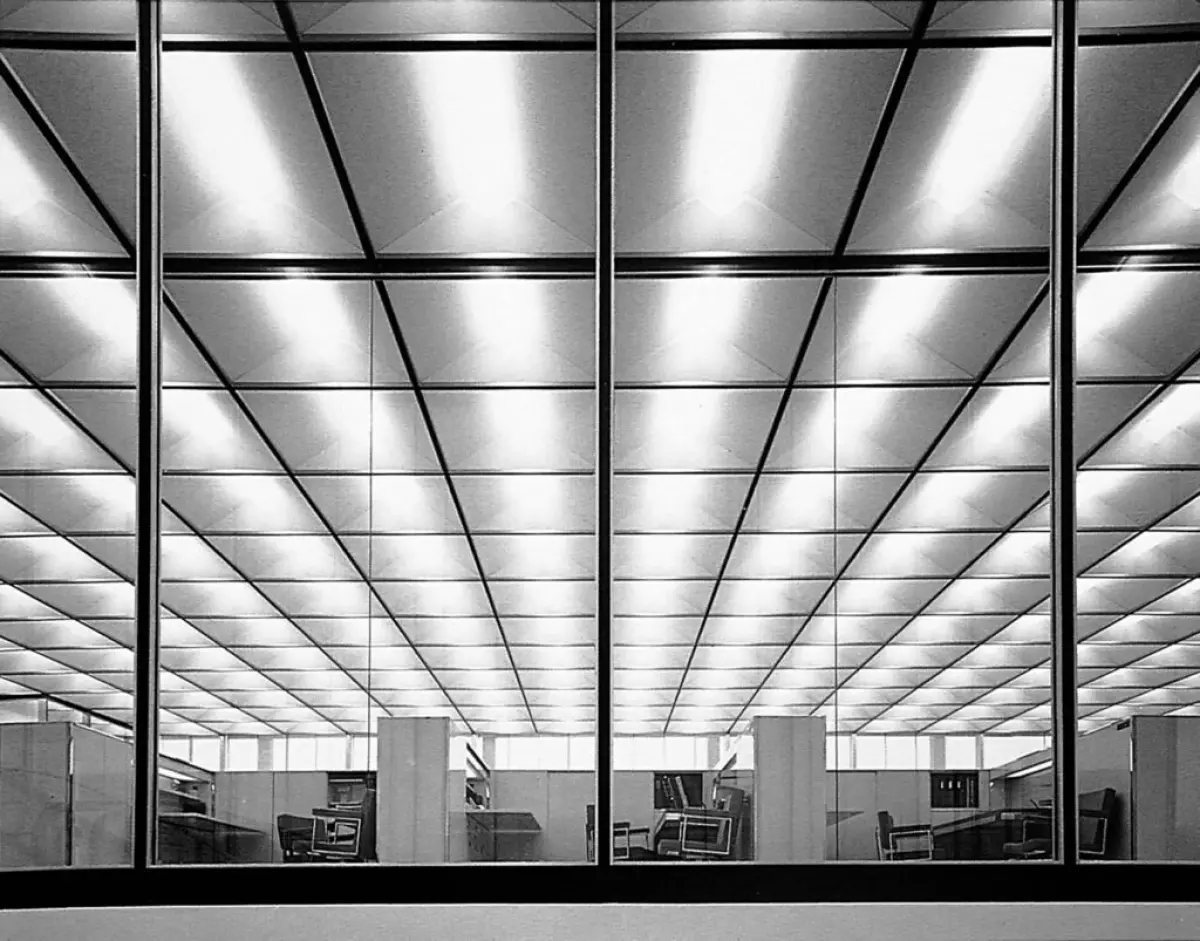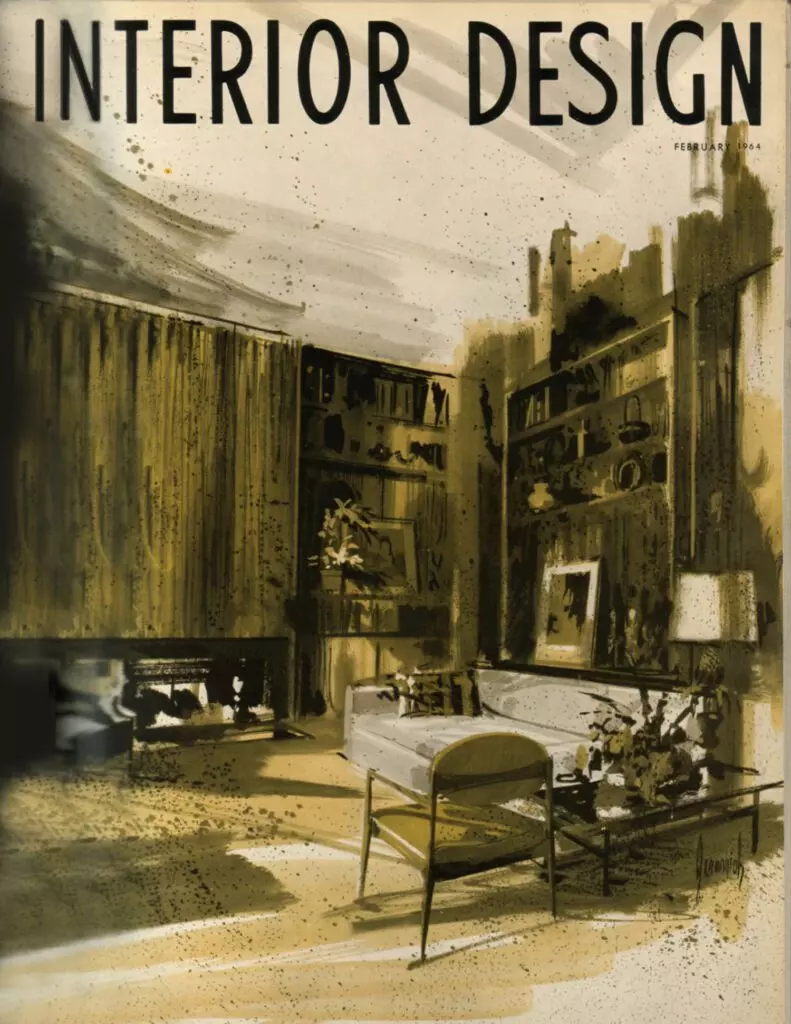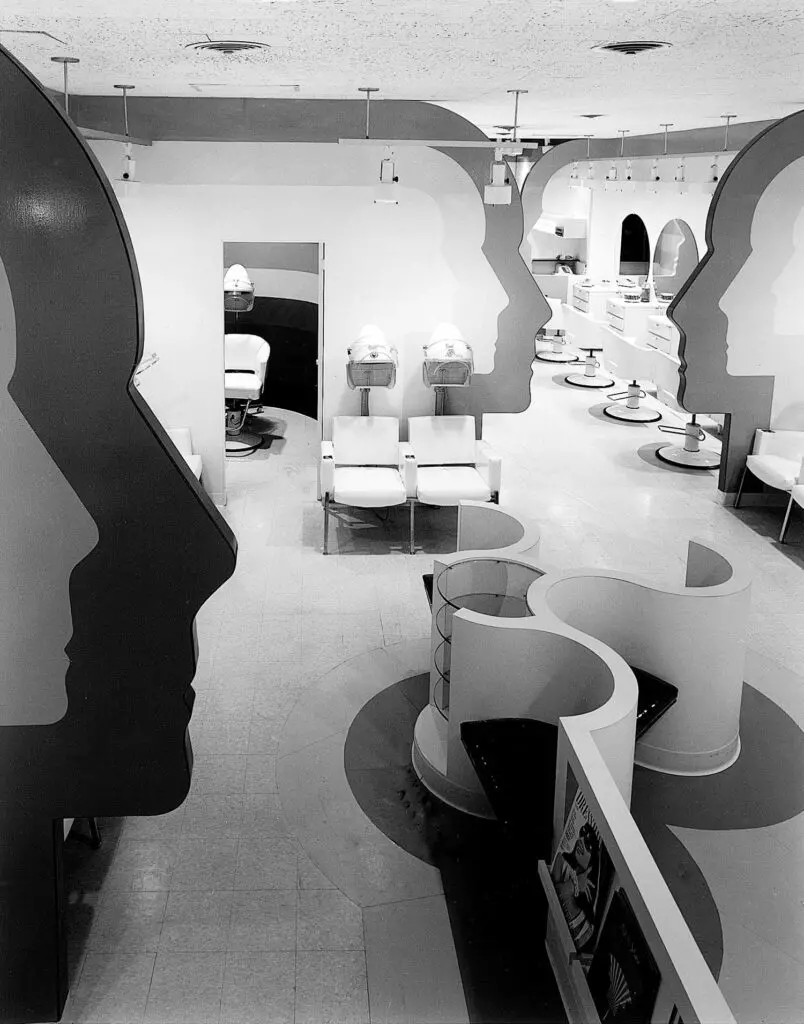In the vibrant city of Copenhagen, Arne Jacobsen embarked on the monumental task of building and furnishing the SAS Royal Hotel in 1960. A year later, Jack Lenor Larsen introduced stretch fabric, revolutionizing the world of textiles. That same year, Milan witnessed the debut of Salone del Mobile, an event that would become iconic in the design industry. Eero Saarinen & Associates left their mark on history by completing the TWA Terminal at Idlewild Airport in 1962. Meanwhile, Mario Bellini began his influential consultancy journey with prestigious companies like Cassina and Olivetti in Italy. Across the ocean, Billy Baldwin left his indelible touch on New York City's Tiffany & Co., while the Interior Design Educators Council was formed.
In 1965, Davis Allen of Skidmore, Owings & Merrill brought the stunning Maui Kea Beach Hotel in Hawaii to life. The pinnacle of architectural theory in the 1960s came in the form of Robert Venturi's groundbreaking book, "Complexity and Contradiction in Architecture," published in 1966. That same year, Art Gensler established his eponymous firm in San Francisco. In 1967, the Ford Foundation interiors in New York City, designed by Roche & Dinkeloo's Warren Platner, captivated visitors with their elegance. Additionally, Billy Baldwin won the opportunity to design the Onassis villa in Skorpios, Greece. The first NeoCon (National Exhibition of Contract Furnishings) took place in Chicago in 1969, cementing its status as an influential design event for years to come.
Design Highlights of the 1960s
1963 - Armstrong Cork Headquarters
In 1963, Skidmore, Owings & Merrill showcased their expertise by designing the headquarters for Armstrong Cork in Lancaster, Pennsylvania. This innovative architectural gem embodied the spirit of the era.

1964 - Action Office Furniture and Interior Design
A pivotal year for design, 1964 saw the introduction of George Nelson and Robert Propst's Action Office furniture for Herman Miller. This revolutionary concept was a direct response to the changing work habits of office employees. The February issue of Interior Design magazine featured Jeremiah Goodman's stunning illustration of C. Eugene Stephenson's design, captivating readers with its beauty.

1965 - Alvar and Elissa Aalto's Conference Rooms
Renowned architects Alvar and Elissa Aalto left their mark on the Institute of International Education in New York City in 1965. Their design of the conference rooms showcased their unparalleled creativity and vision.

1966 - Marcel Breuer's Whitney Museum of American Art
Marcel Breuer & Associates created an architectural masterpiece in 1966 with the completion of the Whitney Museum of American Art, which still stands as an iconic structure in New York City. Alongside this architectural gem, Nicos Zographos introduced his CH-66 chair, showcasing a fresh take on tubular steel.
1967 - Inflatable Blow Chairs
Change was in the air in 1967, and designers De Pas, D'Urbino, and Lomazzi embraced this spirit by introducing their inflatable Blow chairs for Zanotta. This innovative and playful design captured the essence of the time.

1969 - The Metamorphosis Beauty Salon
Design Coalition's Alan Buchsbaum opened the doors to The Metamorphosis beauty salon in Great Neck, New York, in 1969. This avant-garde salon perfectly encapsulated the dynamic and ever-evolving spirit of the '60s.

Time Pieces
Written by Jen DeRose, these time pieces take us on a journey back to the 1960s, where craftsmanship and design excellence were celebrated.
Handcrafted in 1963, Alexander Girard's whimsical wooden dolls perfectly embody his playful and wondrous spirit. Virtra now offers exact replicas of Girard's iconic dolls, ensuring that even the most grown-up of adults can delight in their charm. These replicas, hand-carved from pine and spruce, are adorned with feathers and string, just like the originals. Standing at heights ranging from 6¼ to 12 inches, these dolls are a testament to Girard's enduring legacy.
A Different Time: Thank You for Smoking
Reflecting on the changing perspectives of society, we delve into the fascinating world of 1960s advertising. In 1964, the U.S. surgeon general issued a groundbreaking announcement, revealing the dangers of tobacco. Despite this revelation, many chose to downplay the risks. Ashtrays remained a common sight on conference tables, even finding their way into medical institutions. Alongside the prevalence of tobacco, liquor also played a significant role in the '60s. Bars became a staple, both at home and in the workplace, with companies like Robert Reynolds' New Jersey publishing company embracing this trend wholeheartedly.

Conclusion
The 1960s were a time of incredible creativity, innovation, and societal change, all of which were beautifully reflected in the world of design. From iconic architectural landmarks to groundbreaking furniture designs, this era has left an indelible mark on the design landscape. As we celebrate 90 years of design, we can't help but marvel at the enduring influence and timeless beauty of the creations that emerged during this pivotal decade.
Editor’s note: Explore more coverage of design through the decades here.












